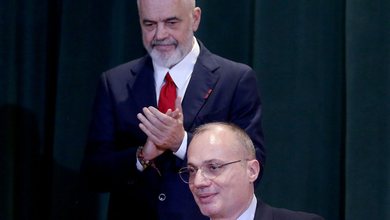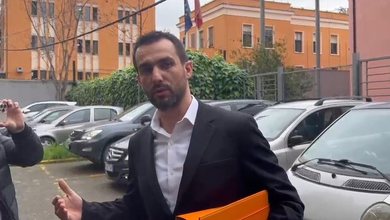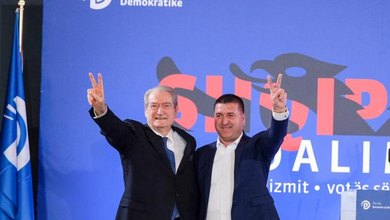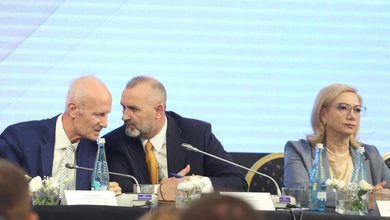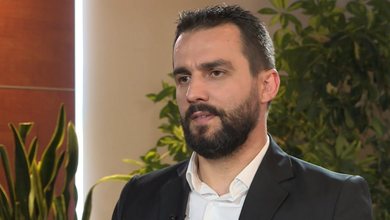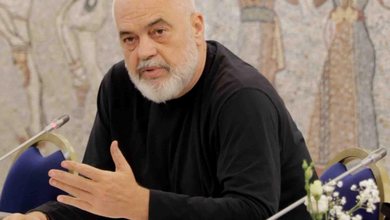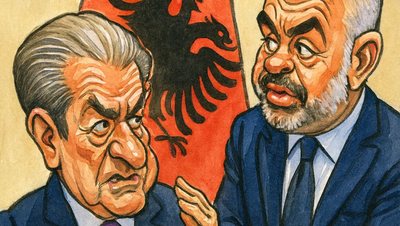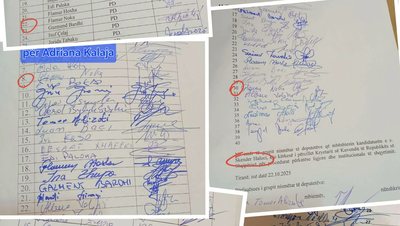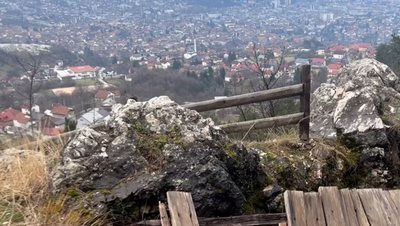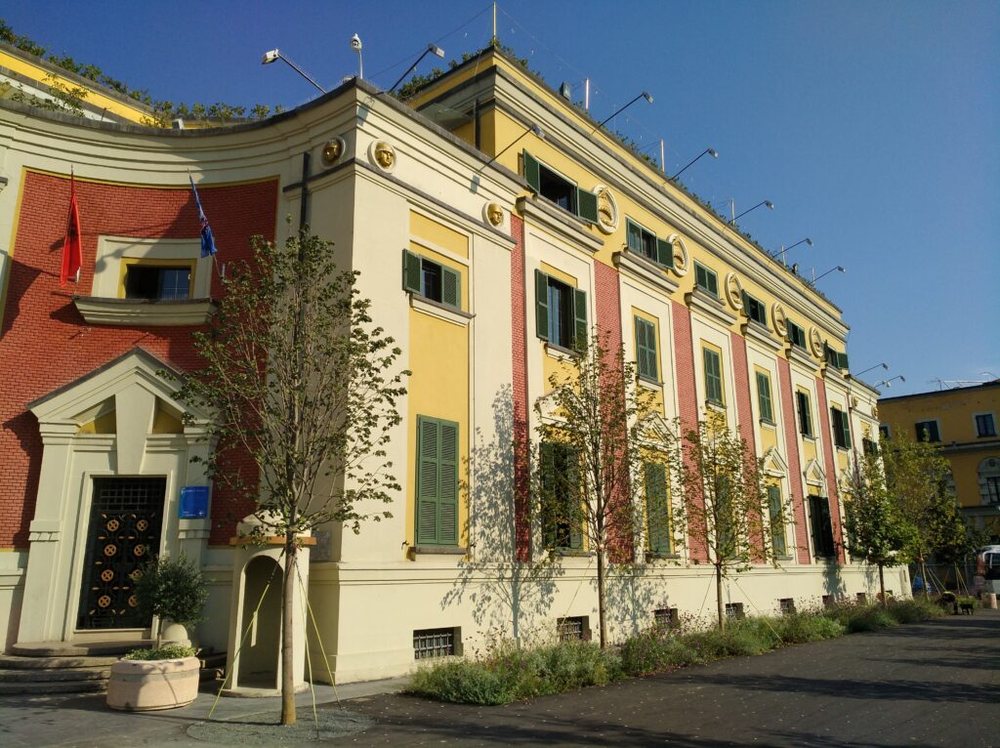
A majority of administrative units in our country still suffer from a lack of infrastructure and especially roads to connect to the national network or to their cities. These deficiencies have made life in the countryside difficult and for this reason, many people choose to leave for this reason, while municipalities "burn" millions of euros per year on investments that they fail to implement according to the programs they themselves have approved.
According to detailed data from the Ministry of Finance for the period January-May 2025, investments made by local units amounted to about 4.5 billion lek, while the approved annual investment plan is more than 44.9 billion lek. In relative terms, this means that in the first five months of the year only 10% of the planned investments were made.
The Municipality of Tirana, as the largest local unit in the country and with the highest investment budget, has implemented only 4.8% of its annual plan in the first five months of 2025. Out of a total planning of around 19.4 billion lek, only 941 million lek have been executed by the end of May. This low implementation rate is worrying, given the volume of projects related to the capital, which include infrastructure, public transport, education and social services.
The fact that even Tirana, with considerable administrative and financial capacities, has not managed to spend more than 5% of its investment budget for nearly half of the year, testifies to a deep administration problem in the entire local government. From the analysis of data for municipalities that are regional centers, it is noted that even in these large administrative units the pace of public investment realization in the first five months of 2024 remains very low.
At the top of the list for the weakest implementation is the Municipality of Lezha, which from an annual plan of over 1 billion lek had only implemented around 15.8 million lek, which represents less than 1.6% of the total. It is followed by Vlora, where despite a budget of over 2 billion lek for investments, only 3.3% was spent. Other large municipalities such as Shkodra, Korça and Fier also result in implementation below 10%, with Fier at the highest limit, with a rate of 9.6%.
This situation shows that the problem of slow investment implementation is not only characteristic of small municipalities, but also includes the largest and richest ones in the country. Some of the municipalities with the worst performance are Himara and Pustec. In the municipality of Pustec, for example, not a single lek has been spent on investments until the end of May.
Even Himara, with an investment plan of over 2.1 billion lek, has realized less than 0.1% of its fund. Other municipalities such as Përmet, Lezha or Skrapar also have a very low percentage of investment implementation, all below 3% of the annual plan. The municipalities with the best performance in the realization of public investments for the period January–May 2025 are mainly smaller units, which have managed to execute the largest part of the planned budget.
At the top of the list is the Municipality of Delvinë, which has implemented 100% of its investment budget for this period, with a small but completely spent amount. It is followed by the Municipality of Has, with an implementation of around 96%, and then Poliçan, which has executed 88% of the projected annual budget. Likewise, Finiqi and Kukës are ranked among the municipalities with the best performance, with implementation percentages of 65.7% and 54%, respectively.
This result shows that, despite having more modest budgets, some of the smaller municipalities have been more efficient in implementing planned public projects due to the more limited number of projects. Although some of the projects include areas with a direct impact on citizens such as social housing, urban infrastructure or public service facilities, the implementation dynamics are not moving at the same pace as the annual plan./ Monitor


